How to Mix Grout

Last updated September 7, 2023
Knowing how to mix grout is the first step in any new tiling project. This article guides you through selecting the right type of grout, additives and tile setting products for your project. You'll also learn tips for choosing grout color and how to mix grout like a pro.
Difficulty:
Beginner
Duration:
Under 2 hours
Table of Contents
Choose the Type of Grout
Understand the Difference Between Grout and Caulk
Choose a Grout Additive (Optional)
Choose the Grout Color
Gather the Tools Needed for Mixing Grout
How to Mix Sanded and Unsanded Grout
Choose the Type of Grout
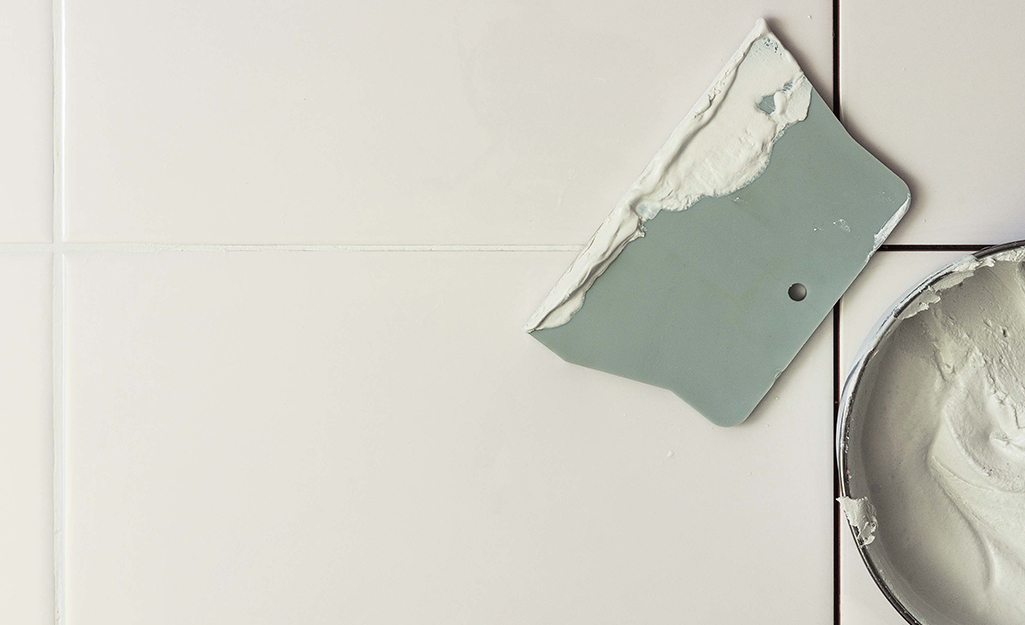
There are three main types of grout: sanded, unsanded and epoxy. Each is used for different types of projects, so determine which is best suited for your project before purchasing grout powder.
- Appears and feels gritty.
- Contains large grains of sand that help the grout bond and prevent cracking.
- Does not shrink significantly as it dries, thanks to the added sand.
- Is used to grout seams that are 1/8-inch or wider.
Do not use in seams that are thinner than 1/8-inch, as the sand particles may take up too much width and weaken the structure. - Can scratch polished tile
and stone. Test the grout on a discreet spot to see if it damages your tile or stone. If it does, consider using another type of grout. Sanded grout is less likely to scuff honed, matte tile or stone.
- Is sometimes called “non-sanded grout” or “wall grout.”
- Contains very fine mineral particles that have no noticeable grit, giving it a smoother texture than sanded grout.
- Is used to grout narrow seams that are 1/16-inch to 1/8-inch wide. In seams wider than 1/8-inch, unsanded grout tends to crack without the boosted bonding power of added sand.
- Shrinks as it dries, but shrinking is not noticeable in narrow seams.
- Tends to be stickier and easier to work with than sanded grout, especially for tiling on vertical surfaces.
- Works well for polished tile and stone because it won’t scratch their surfaces.
Both sanded and unsanded grouts are cementitious grouts, which means their main component is cement. This is the most popular type of grout and can be used for almost any tiling project. It dries slowly, so give it time to cure and develop maximum strength and durability.
Cementitious grout is porous, which makes it prone to staining and water damage if it is not properly sealed with a penetrating sealant after installation. Reseal cementitious grout every two years.
- Is not a cementitious grout. It is formulated with resin, silica fillers, pigments and hardener.
- Works well for seams wider than 1/8-inch.
- Does not need to be sealed. Epoxy is waterproof and less porous than cementitious grouts, making it a great choice for kitchens or other rooms where acid or grease stains are common.
- Dries quickly, which can be beneficial or challenging, depending on your skill level and the project difficulty.
- Stains unglazed tiles, so purchase pre-glazed tiles or glaze them beforehand when using epoxy.
Understand the Difference Between Grout and Caulk

Confusing grout and tile caulk is a common mistake. While they are used in similar ways, the two materials serve different purposes
and cannot be substituted for one another. Grout fills crevices in a flat surface on either a horizontal or vertical plane. It is typically not flexible enough to seal and hold corners between two different planes or between two different materials.
(Epoxy can sometimes be an exception to this rule.) Grout will prevent the edges of tiles from cracking and chipping.
Caulk is a
silicone, acrylic or latex formulation that
can seal corners between two different planes and/or materials. Unlike grout, caulk is flexible enough to absorb movement, meaning it protects vulnerable areas like joints and corners from cracking. Also unlike most grouts, caulk is fully waterproof and prevents mold and mildew damage. Since it can adhere to most surfaces, caulk is generally more multi-purpose than grout; however, caulk will also eventually dry out and shrink, requiring replacement every few years, which makes it an ineffective substitute for the more-resilient grout.
Choose a Grout Additive (Optional)
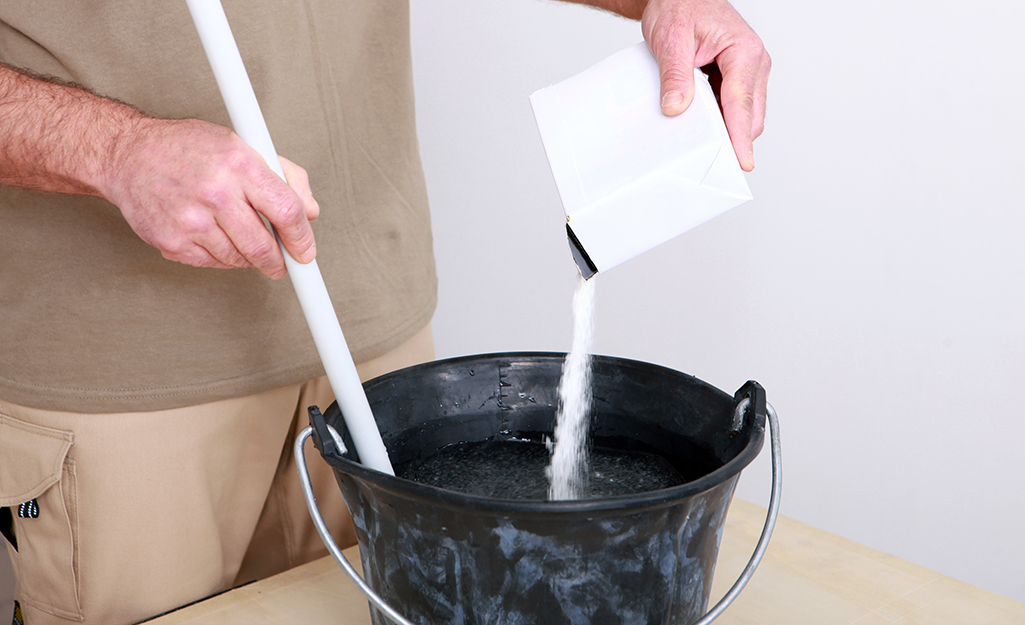
Depending on your project, you may want to choose an additive for the grout. Common additives include colorants, sealants and latex.
- Colorants determine the color of the grout. Many grout powders already have a colorant included, so you can select the color beforehand and not worry about finding another additive.
- Sealants are liquid additives that eliminate the need to seal (and eventually reseal) grout after installation.
Incorporating a sealant waterproofs and protects grout
for the life of the project. - Latex additives make the grout more flexible. Including a latex additive prevents cracking as grout dries and the tile installation settles.
Note that some grout formulations already have additives, so read the manufacturer’s label before purchasing one for yourself.
Additionally, epoxy already contains all necessary additives, and adding more may disrupt its formula.
Choose the Grout Color
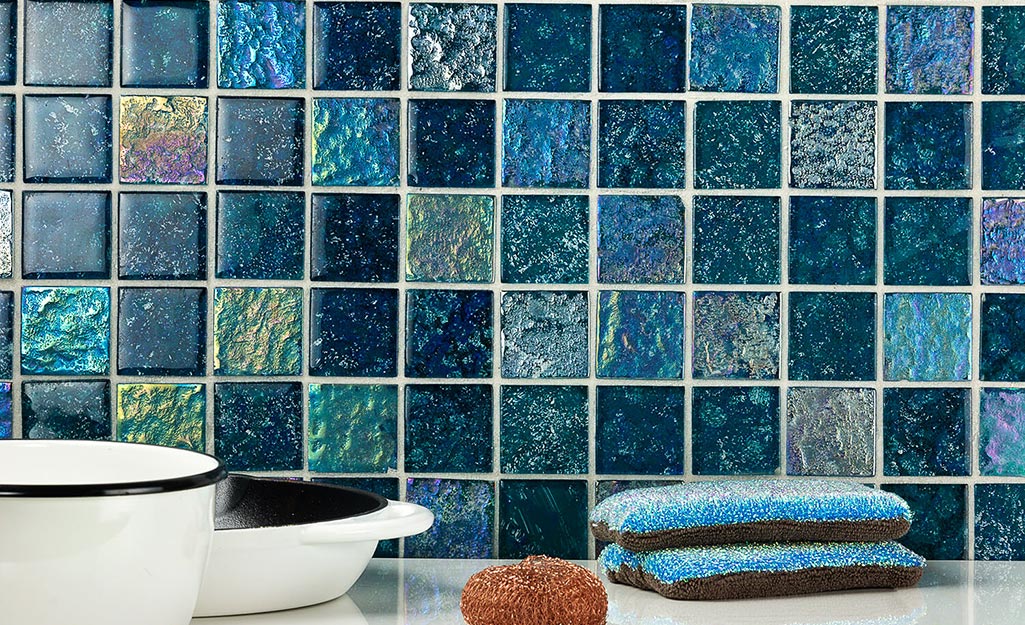
Whether purchasing a colorant or a pre-colored grout mix, choosing grout color is an important step. Grout comes in a vast variety of colors, so it is easy to match or contrast any tile. Grout color can be as bold or as neutral as you choose.
Grout that closely matches the color of your tile choice unifies the look of the tile, while a contrasting color adds geometric interest. Keep in mind that white or other light-colored grouts stain easily and may darken naturally over time. Darker grout hides stains and mildew.
Gather the Tools Needed for Mixing Grout
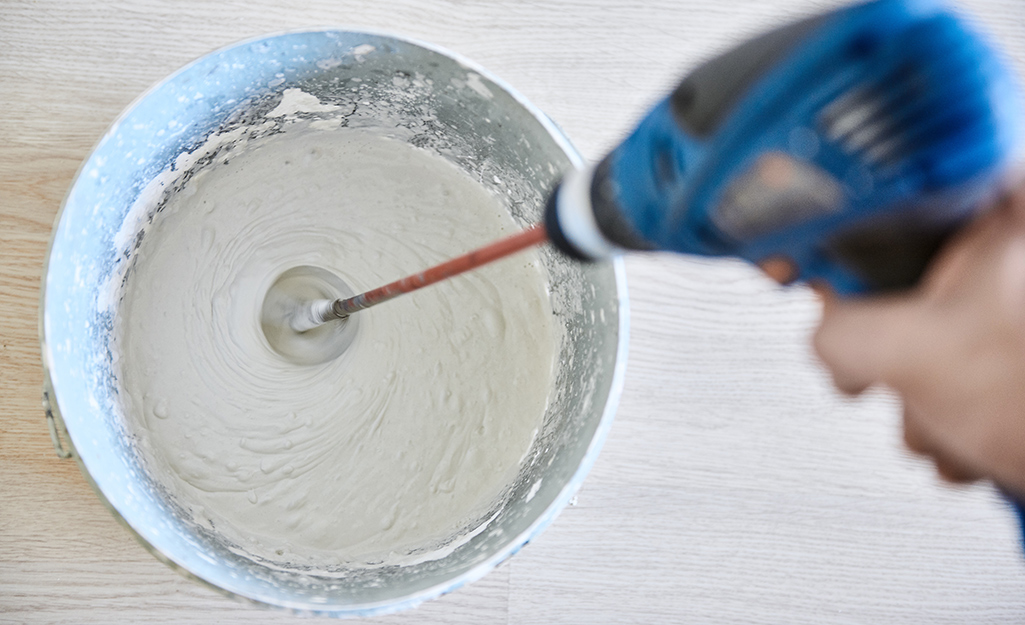
Once you are ready to begin mixing the grout, you will need the following materials: grout mix, grout additives (optional), an empty bucket, water, a sponge, a margin trowel, a mortar mixer and gloves.
How to Mix Sanded and Unsanded Grout
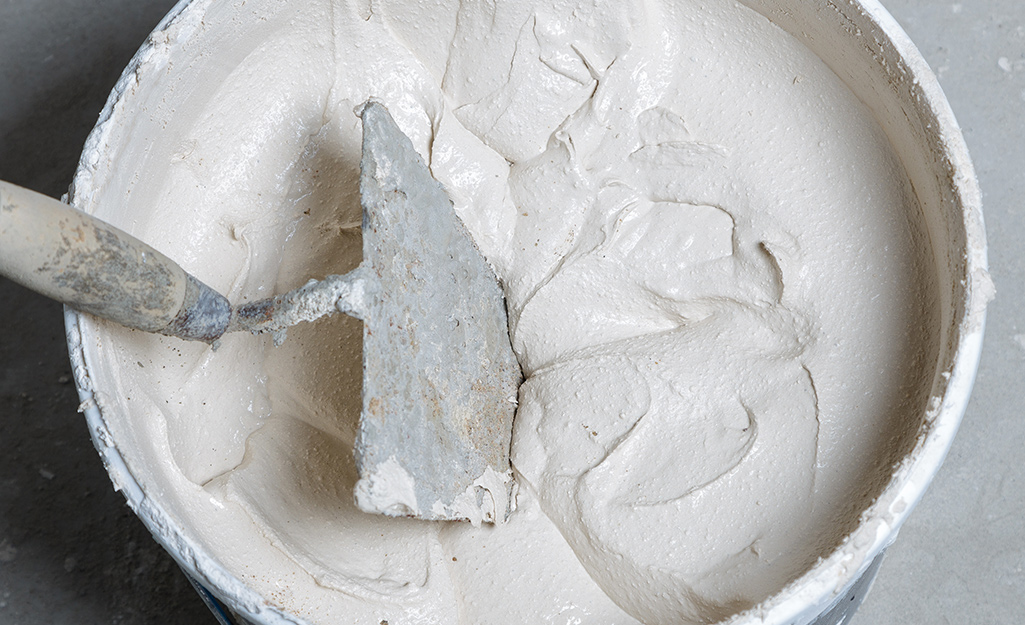
Begin by checking the grout manufacturer’s label to find out how much powder is needed for the project and to
see if there are any unique instructions.
- Measure out the grout powder and pour it into an empty bucket.
If you are grouting a large surface,
start
with a fraction of the total grout needed
and mix in small batches so that it doesn’t dry out too quickly. - Add 3/4 of total water needed for the
measured amount of grout powder. - Begin mixing. Mix by hand using a trowel or with a mortar mixer. Mix slowly to avoid creating excess air bubbles that weaken grout.
- If you have an additive, incorporate it into the mix according to the manufacturer's instructions.
- Soak the sponge in water and use it to
squeeze more water into the mix in controlled amounts. - Mix until
all dry grout powder is
incorporated
and no clumps remain. - The consistency of grout should
resemble smooth peanut butter. It should be malleable but not dripping from the trowel when lifted. If the mix
is too stiff or dry powder is visible, add more water. If the mix is too fluid and watery, add more grout powder. - Allow grout to sit undisturbed for up to 10 minutes. This
allows
grout to strengthen or “slake.” - After it slakes, briefly remix grout to loosen it
again and use immediately. Grout hardens completely after 30 to 60 minutes. If you wait too long after slaking,
it's possible that you'll have to dispose of the batch and start again. Adding water does not reactivate grout at this point. - Repeat as needed to make enough batches of grout to complete your project.
How to Mix Epoxy Grout
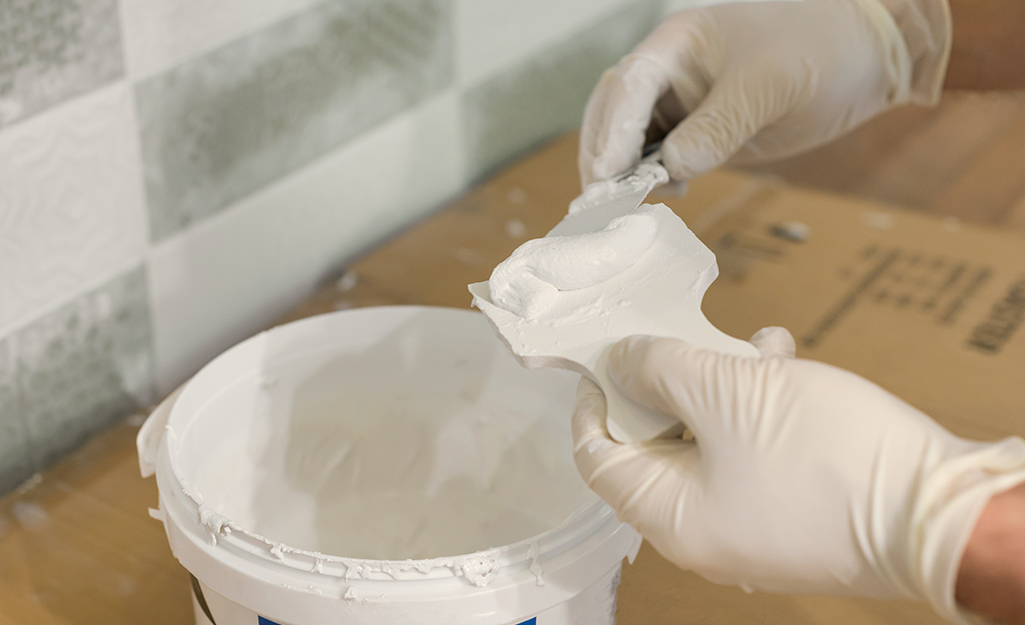
- Epoxy
typically comes in two parts. Part A consists
of an epoxy resin mixture. Part B consists of hardeners.
Some brands may have an additional part.
Read the manufacturer's instructions to ensure you are using the appropriate tools for epoxy. - Combine both parts in their entirety. Do not alter the proportions. Do not
add water, solvent
or any other ingredient as it may disrupt the epoxy’s integrity. - Mix slowly using a
small mortar mixer until thoroughly combined. Scrape sides of the bucket as needed to ensure all parts are incorporated. - As with cementitious grouts, do not overmix or mix too quickly. Doing so will create air bubbles.
- Once completely combined, use immediately. Environmental temperatures can affect working and curing times. Cool temperatures (below 60 degrees Fahrenheit) extend epoxy's curing time while higher temperatures (above 90 degrees Fahrenheit) shorten the epoxy's life and working times significantly.
Tip: If you only need a little epoxy, divide Part A and B into equal portions, such as 1/2 and 1/2. Never combine inequal portions.
Knowing how to mix grout properly will make your DIY tiling projects easier and more successful. Shop for the items you need using The Home Depot Mobile App, or, if you're not quite ready for a major tiling project, check out The Home Depot's Tile Installation Services.



























